
Sirovision is a geological / geotechnical mapping and analysis system that generates accurate, scaled 3D images of rock faces from stereo photographs taken in either open pit or underground environments. Sirovision allows mining professionals to quickly and accurately: Datamine Sirovision 7.1.3 Tested Picture Map structures daylighting at the surface to automatically determine their properties Automatically detect simple wedge and complex block features resulting from the structures Perform analyses to determine the failure risk Increase productivity and safety

The Analytica Optimizer adds powerful solvers for finding optimal decisions and solving equations subject to constraints. Most Optimizer models aim to find the best decision strategy — that is, the values for decision variables that maximize (or minimize) an Objective subject to a set of equality or inequality constraints. Some models seek a feasible solution that satisfies the constraints without an explicit objective. The Optimizer edition of Analytica finds the best strategies for models with multiple decision variables and constraints. It adds powerful solvers to all the features of the Enterprise edition. Lumina Analytica Optimizer Edition 2024 v6.4.8 Tested Picture Experienced modelers know that the biggest challenge in optimization is to formulate your problem in a way that is clear and computationally tractable....

FEMtools 4.5 is a maintenance release that brings new improvements to all FEMtools modules and introduces support for the Optistruct solver. The FE data interfaces and drivers are updated to support the current versions of the FE programs. DDS FEMTools 2024 v4.5 Tested Picture The highlights of 2024 v4.5 are summarized hereafter: New Help file integrating all documentation (user’s guides, examples manuals,theory manuals, reference manuals). Only the Release Notes and Getting Started manuals remain as PDF manuals. [New] “FEMtools Assistant”, a new generative AI-driven chatbox to answer questions (in many languages) within the context of the FEMtools documentation. [New] Optistruct interface and driver (compatible with Nastran) Interfaces and drivers verified for – MSC Nastran 2024 – Simcenter Nastran V2023.2312 and...
Tanner, part of Siemens EDA’s Custom IC design solution, is packed with new features and improvements. Further product details L-Edit IC L-Edit is a complete hierarchical physical layout tool with cross-probe to schematic, layout and LVS & full integration with Calibre.Read more S-Edit Increases productivity for complex IC design, links to analog mixed simulation and schematic driven layout .Read more Tanner Calibre® One DRC/LVS/xRC The Tanner-Calibre One IC verification suite is an integral part of the Tanner analog/mixed-signal (AMS) physical design environment, creating an easy path to the proven capabilities of Calibre verification tools.Read more Tanner Designer Tanner Designer helps teams easily track analog verification throughout the entire design cycle.Read more Tanner Digital Implementer Integrated, flexible digital synthesis and place...

Modelithics Qorvo GaN Library 24.5.4 for use with Keysight Technologies’ Advanced Design System (ADS) and Cadence AWR Design Environment®. This release is compatible with Keysight ADS 2022 – 2024 Update 2 and Cadence AWR Design Environment 16 and 17.3+. The Modelithics Qorvo GaN Library is backward compatible with previous Modelithics library releases. Available versions: 24.x , 21.x ,… Modelithics Qorvo GaN Library 21.4 Tested Picture This latest version offers new models for Qorvo’s QPD1035 (40 W) and QPD1035L (40 W) discrete GaN-onSiC HEMTs. The QPD1035 and QPD1035L are 40 W devices with load-pull validation of 4, 5 and 6 GHz and a max frequency of 6 GHz. Both models are non-linear models and include temperature scaling. Also available with this...
SimManager is fully capable of helping companies leverage their most valuable engineering experts in the most efficient way, focused directly on meeting the complex needs of those working in simulation. It establishes and standardizes industry best practices, ensuring simulation quality is rigorously maintained. SimManager 2024.1, Simulation Process and Data Management (SPDM) solution helping markets across industries bring together people, process, and technology to streamline simulation operations. SimManager 2024.1 introduces a number of new features and enhancements, including: User Interface (UI) Improvements Enhanced Tag Management: Users can now delete and edit tags. A new API for managing tags has been introduced. New Chart Types: Parallel Coordinates chart for visualizing large datasets. Table chart for displaying numeric properties of seeds. Whiteboard Enhancements:...

The Adams Modeler is equipped with a powerful, next-generation pre- and post-processor, enabling you to render models with an incredibly realistic level of detail and physics. MSC Adams Modeler 2024.1 Tested Picture What’s New in Adams Modeler 2024.1 Machinery Read Only Support First phase of supporting bearings, gears and motors in read only mode. Native Data Spline Support for creation/modification of 2D/3D spline. These can be used in Motion/Force objects (currently limited to function expression manual reference method). Can also edit data splines from imported Adams Models and successful run the models. Improved Shell geometry support Convert shell geometry to Parasolid. Ability to select facetted geometry for geometric references in Modeler. Proper location of constraints and joints in model browser...
MSC CoSim embraces stability and usability, with diverse applications across various industries, helping you to solve complex multi-physics problems. Industries that benefit from co-simulation range from automotive, electronics, and aerospace to architecture, civil engineering, oil and gas, and life sciences. What’s New in MSC CoSim 2024.1 MSC CoSim 2024.1 features improved coupled analysis with Marc and scFLOW, and MSC Nastran and scFLOW. MSC CoSim 2024.1 also contains usability improvements for running jobs on Linux. New command specification options are also included in the graphic interface. Key highlights of MSC CoSim 2024.1 include: Enhancements in Marc and scFLOW coupling MSC CoSim 2024.1 adds the ability to restart a completed Marc/scFLOW coupled analysis. Use computational resources more efficiently by dividing complex jobs into...
With e-Stage for Metal+, you can fully automate support generation to achieve these goals during every stage — from data preparation to post-processing. Benefits Streamline data preparation Reduce your time spent on support design by up to 90% while minimizing human error and build crash risk. e-Stage for Metal+ automates support generation to ensure proper stabilization and prevent deformations in your build. Reduce time spent removing supports With easy-to-remove, needle-thin contact points and a flexible grid structure, you’ll remove almost 100% of the excess powder from the support structure and lower risks related to your operators’ health and security (HSE). Simplify post-processing Generate only the support structures you truly need to significantly reduce post-processing time compared to traditional support generation...

Hydrostar is a powerful 3D diffraction/radiation software based on potential theory for wave-body interactions. It takes into account multi-body interaction, effects of forward speed and internal liquid motions. Bureau Veritas HydroStar 2024 v8.3.2 Tested Picture Hydrostar has been extensively tested and validated through comparison with semi-analytical studies, numerical results from recognized tools and experimental data. It was conceived to enhance an asset’s technical excellence and productivity. The software provides numerous advantages and functionalities to meet high-level requirements, including: Dynamic coupling between liquid motions in internal tanks and ship motions Generalized modes calculation: Hydrostar can solve the hydro-dynamic problem on user-defined modes Side-by-side configuration as the software handles multi-body interactions
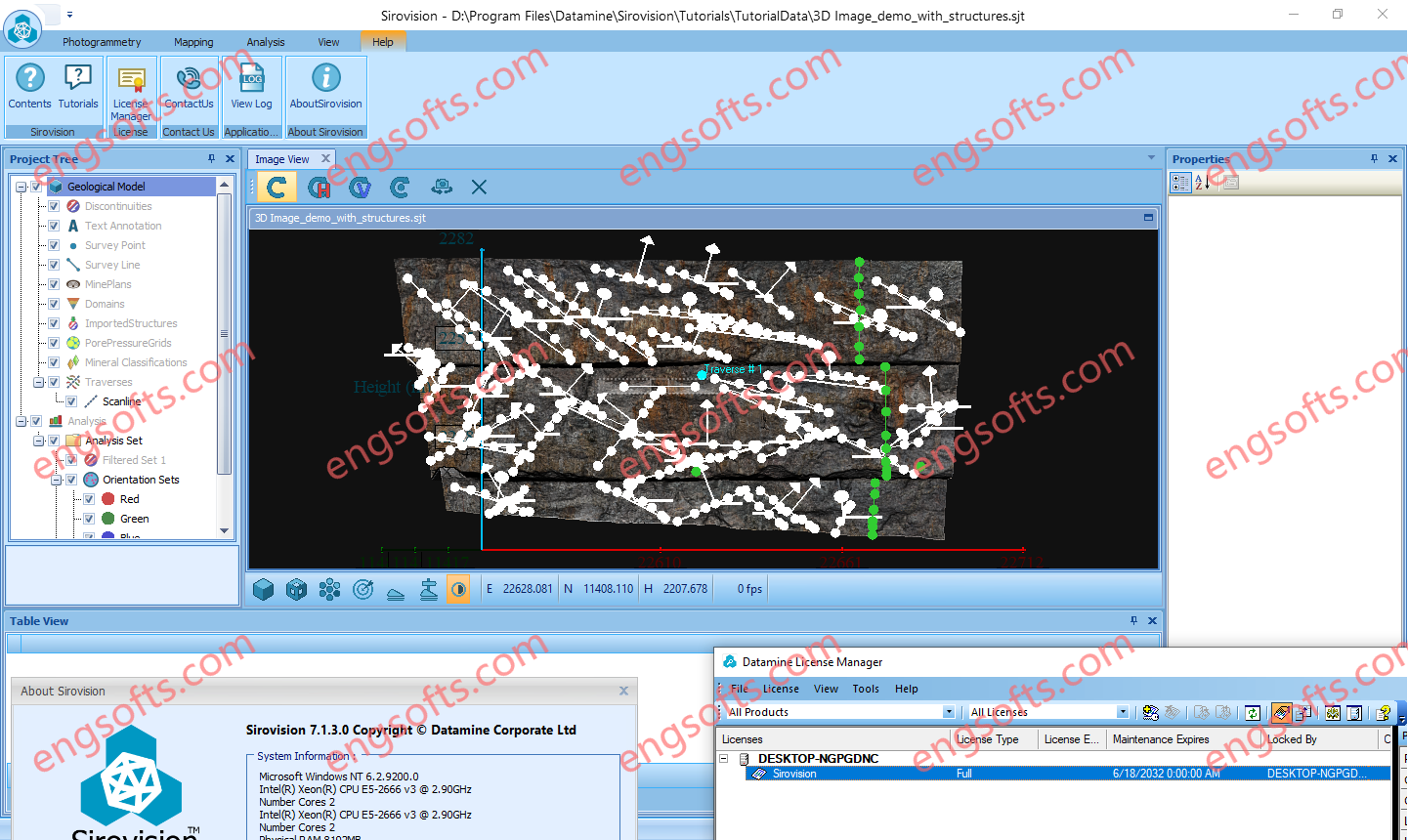

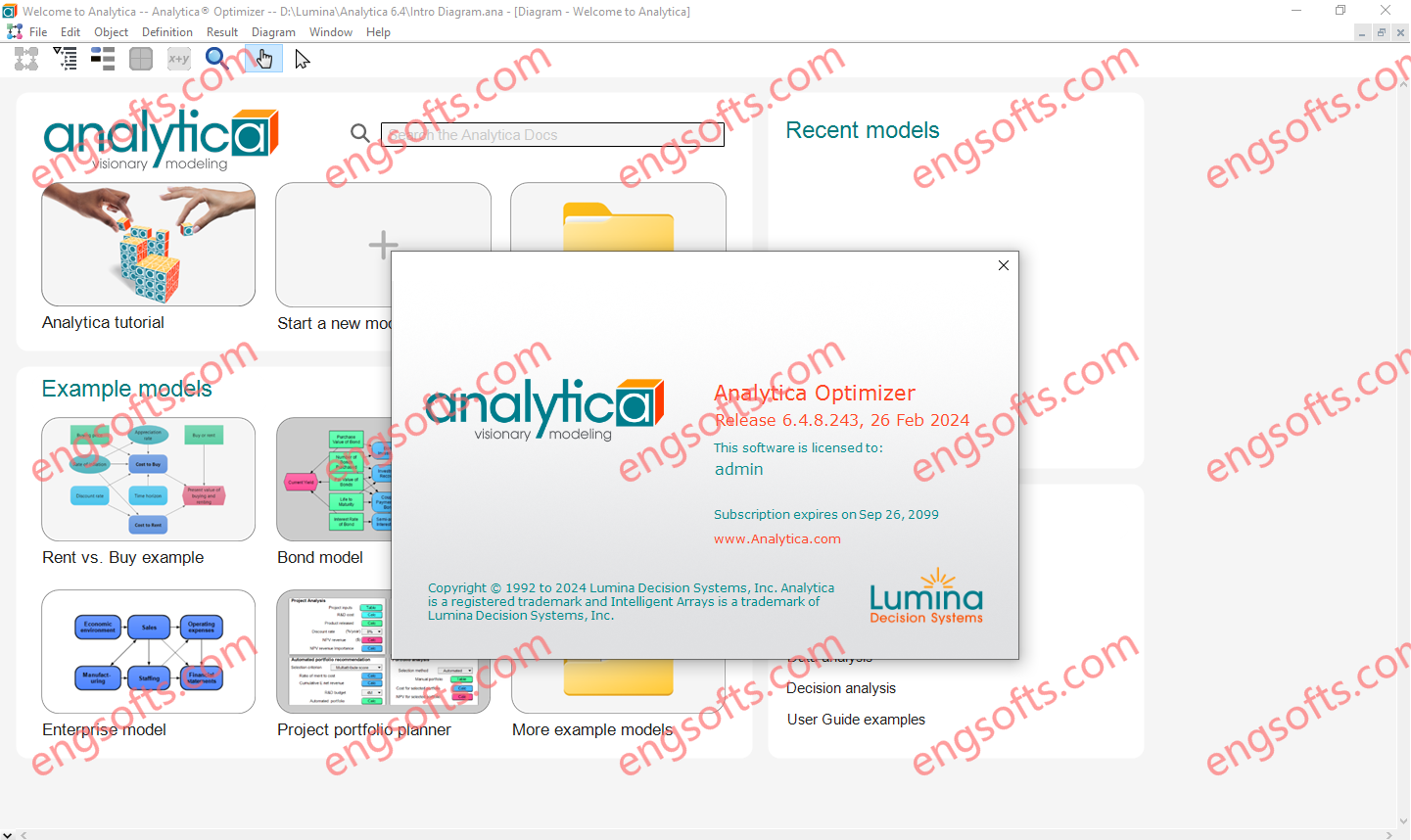
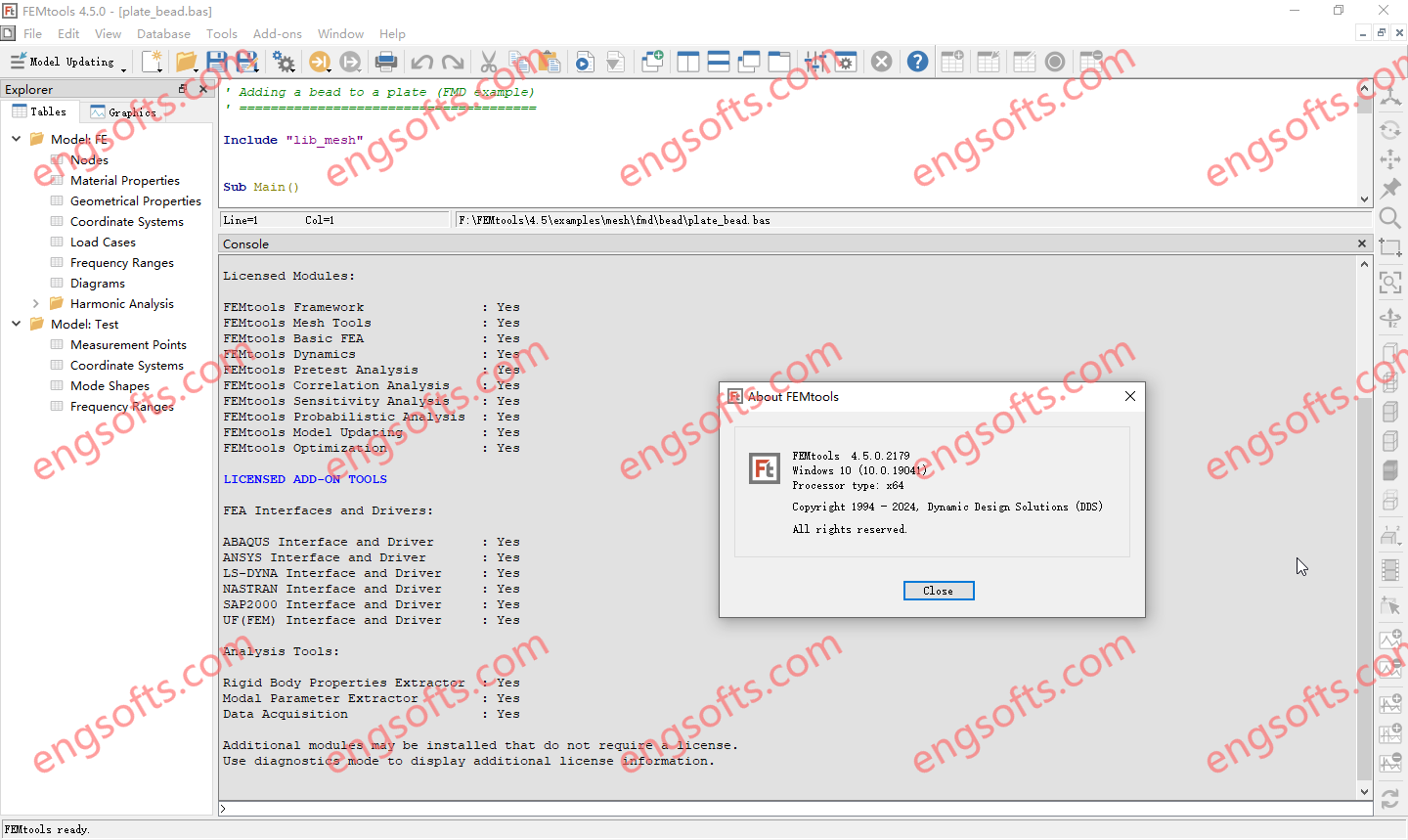
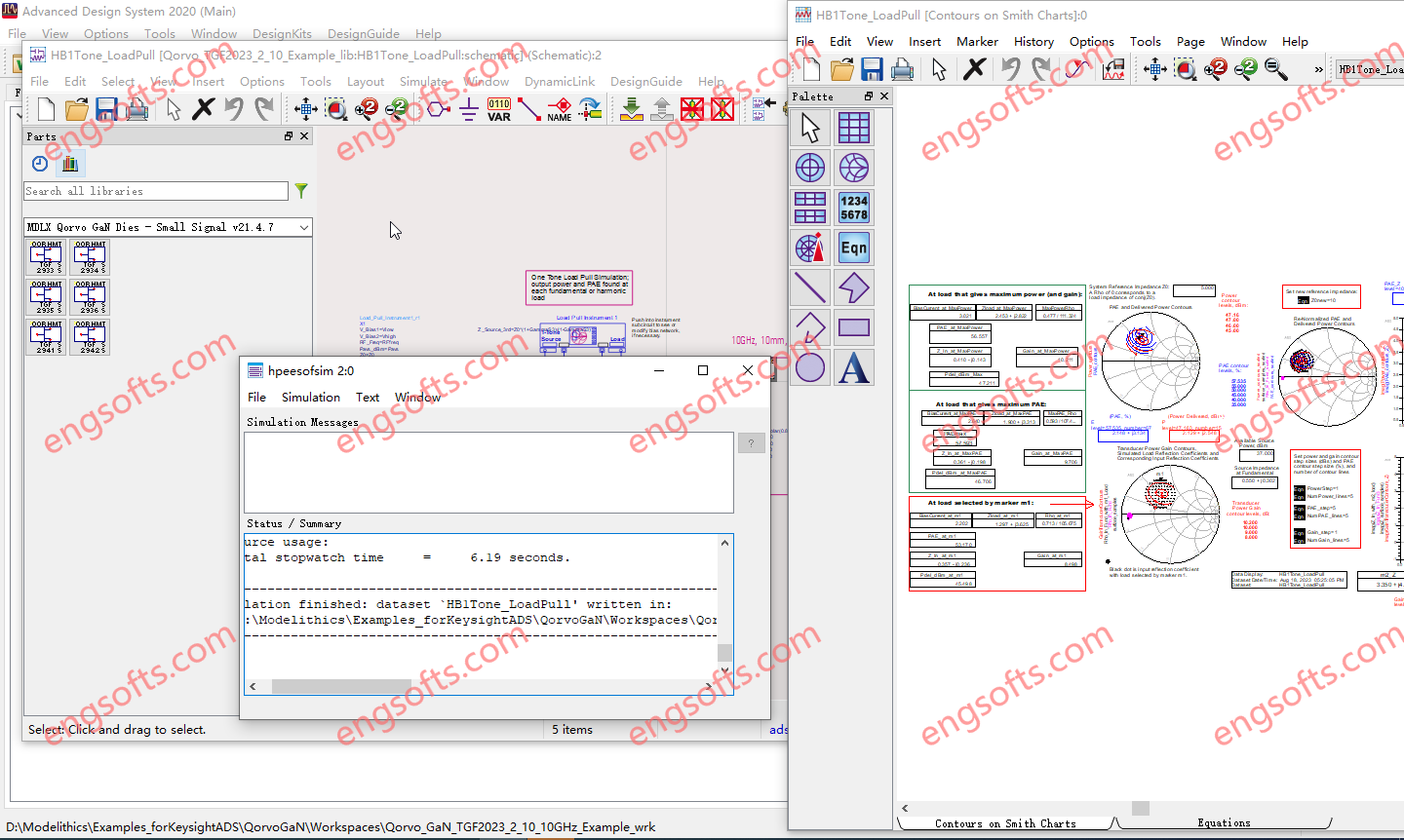
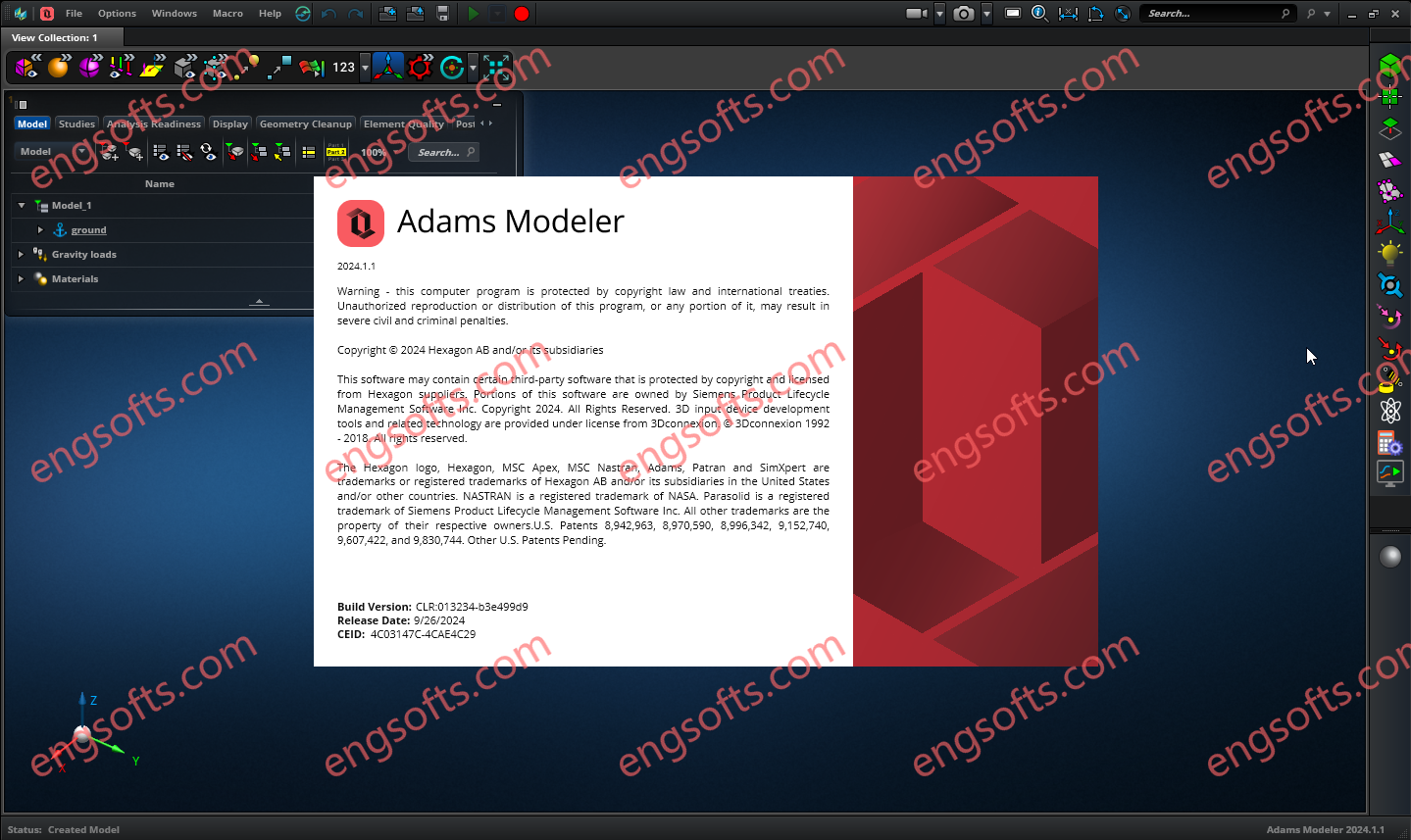
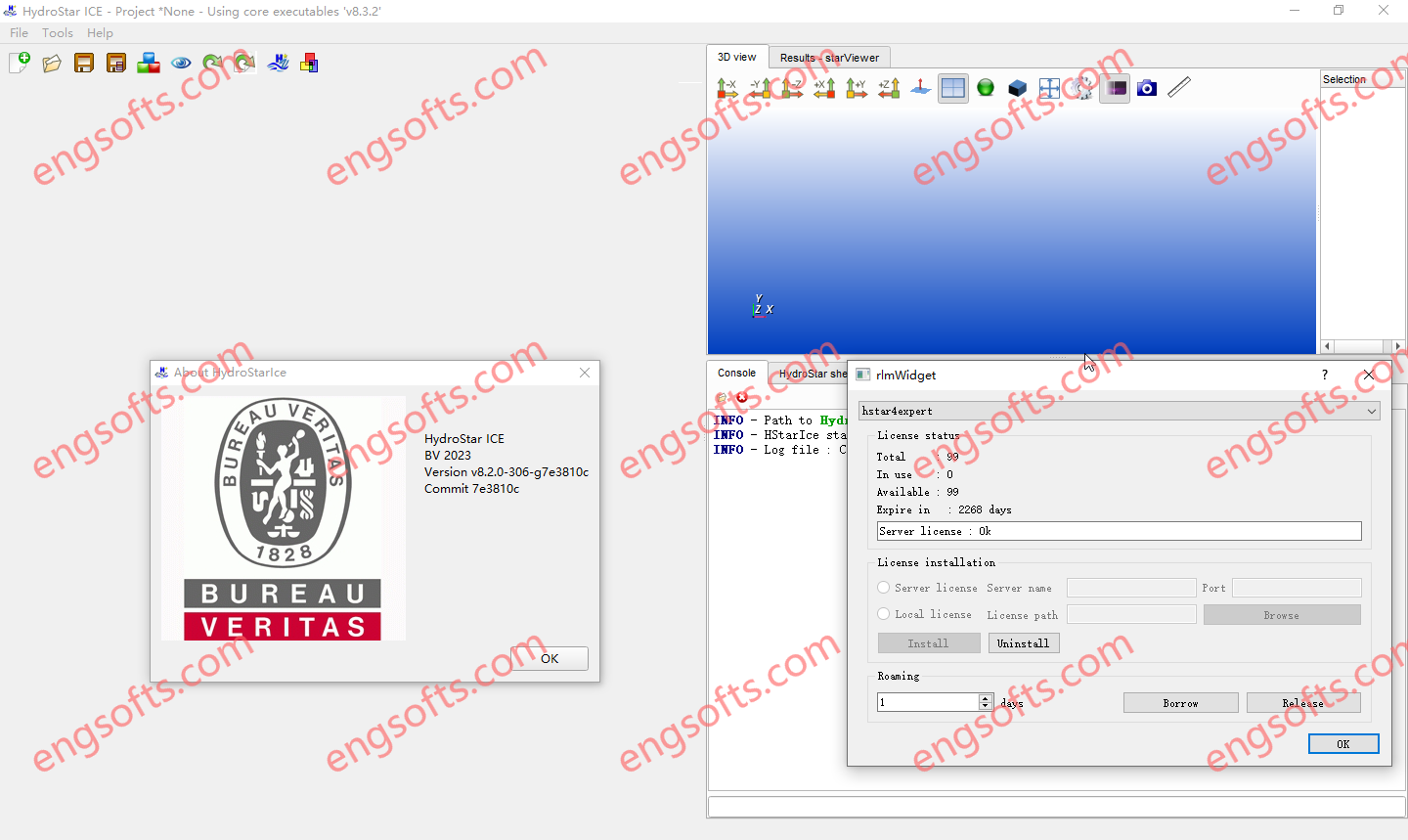
 ID:softmed
ID:softmed ID:956575828
ID:956575828